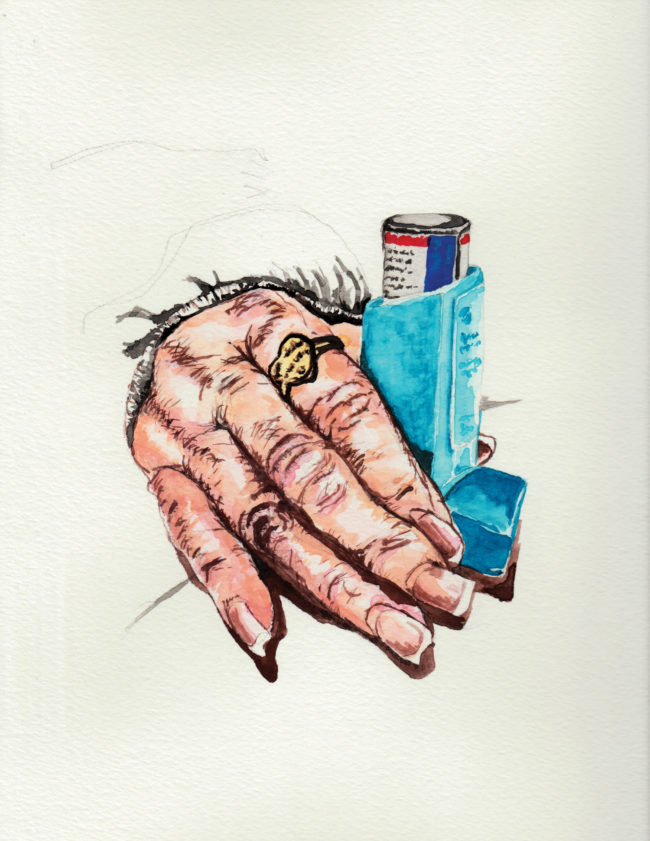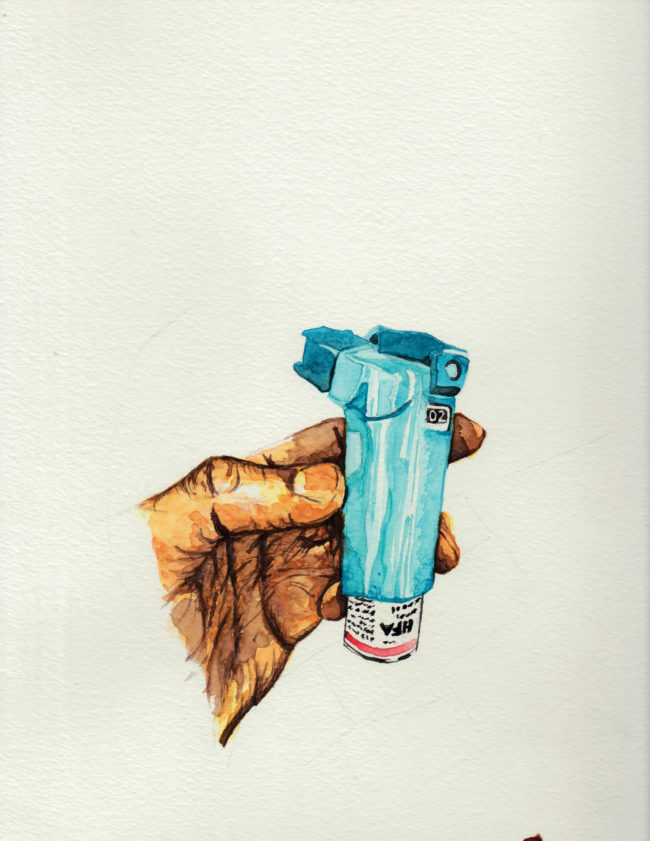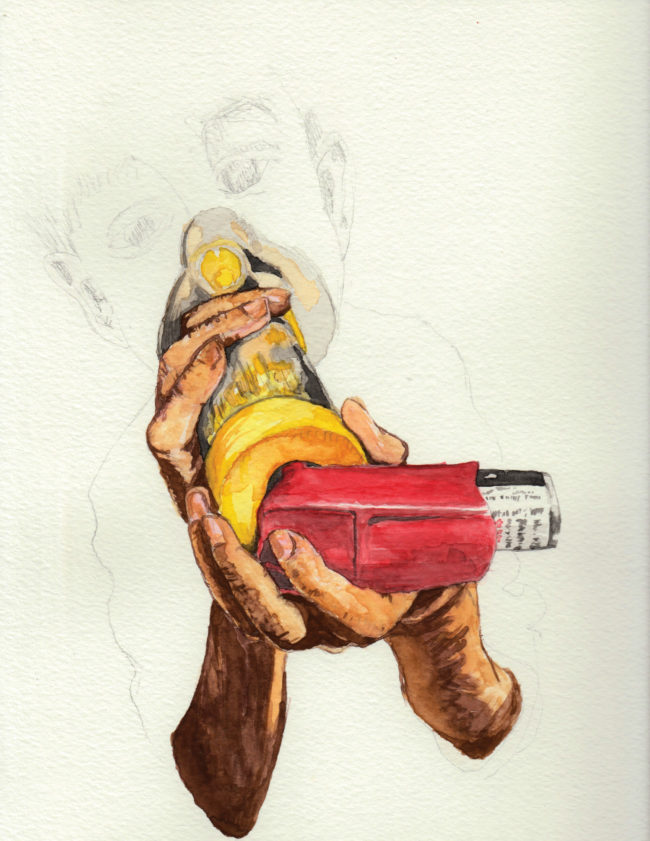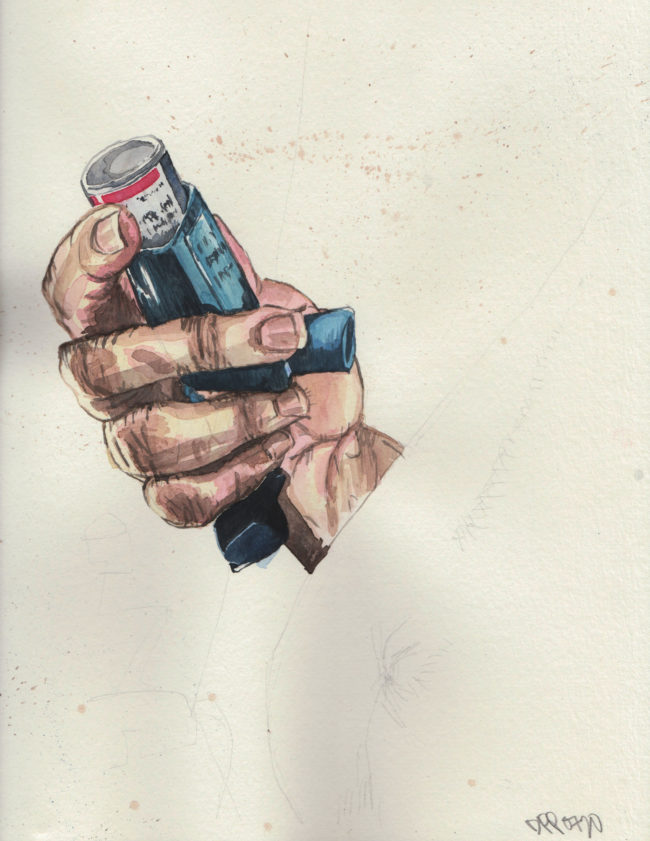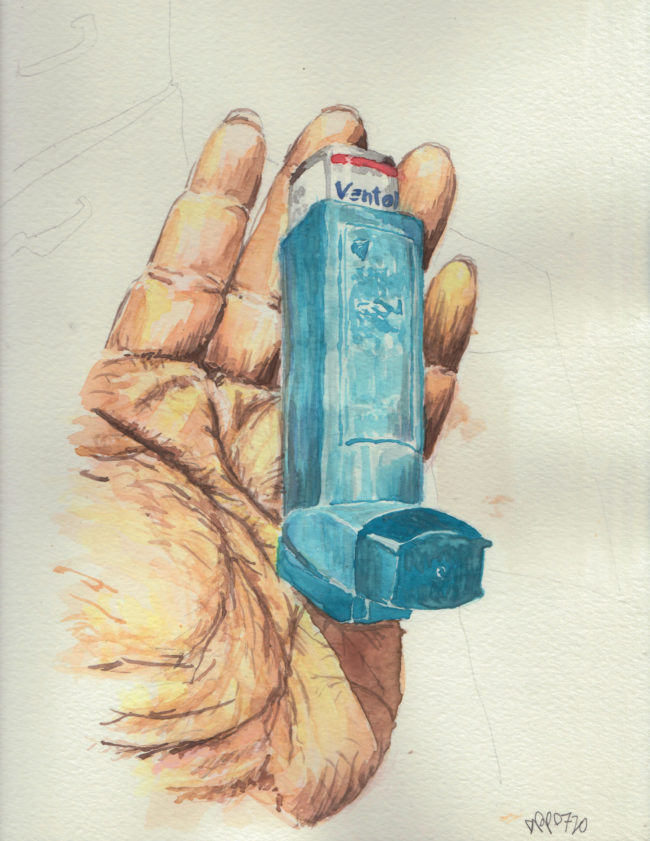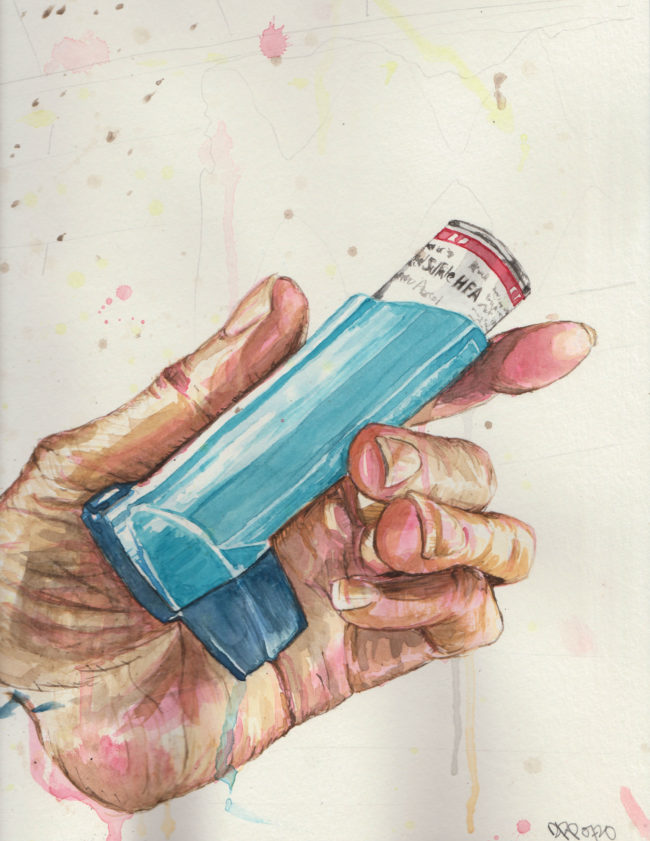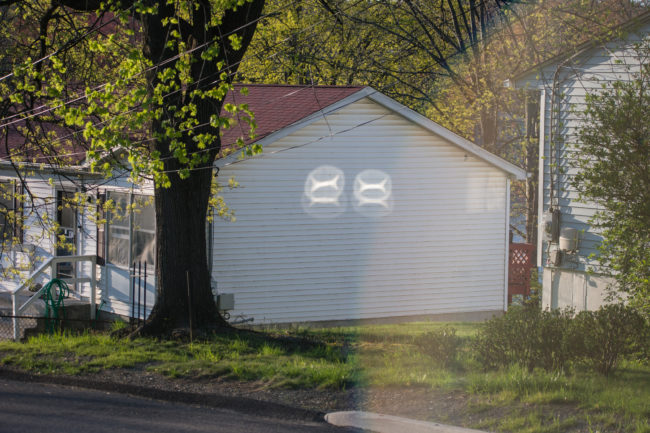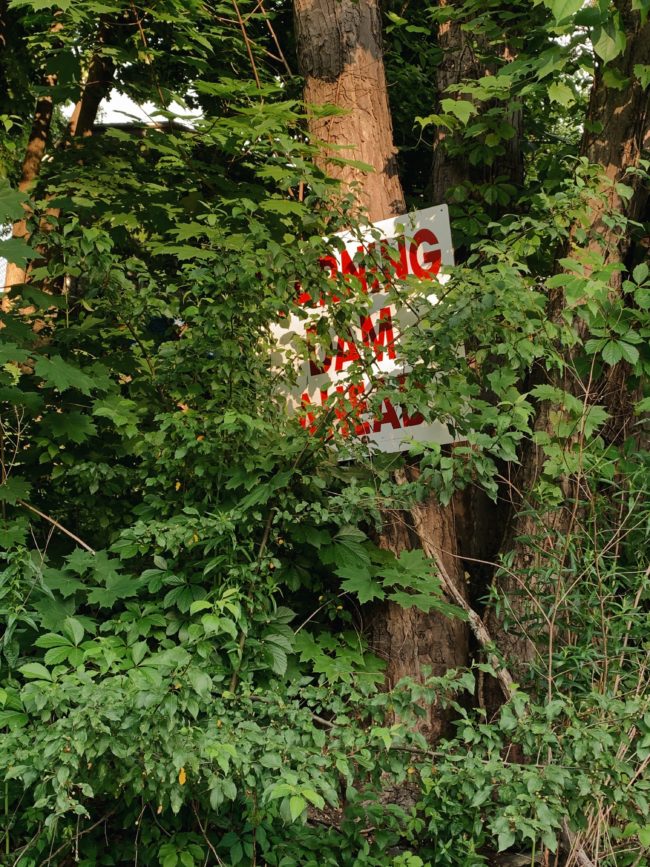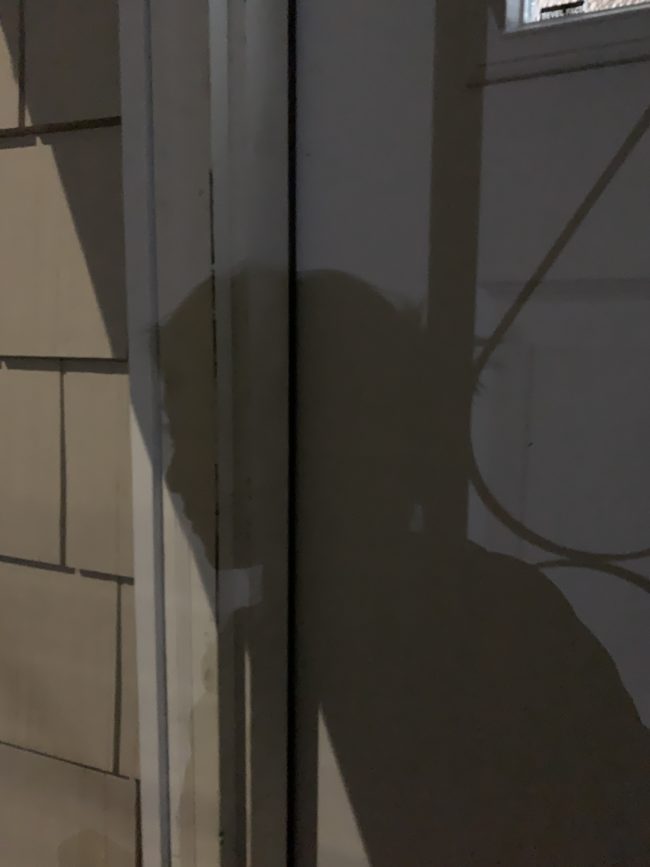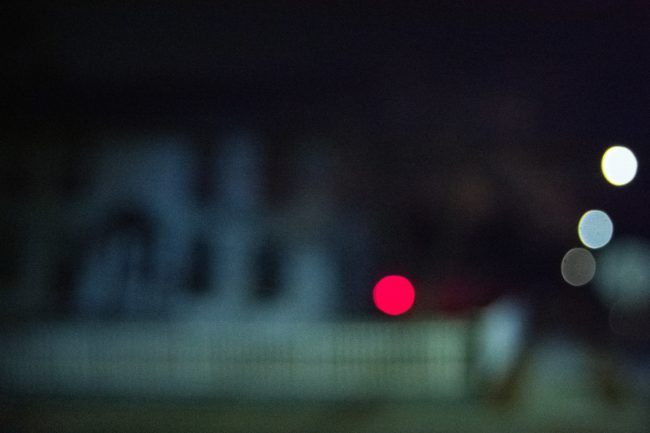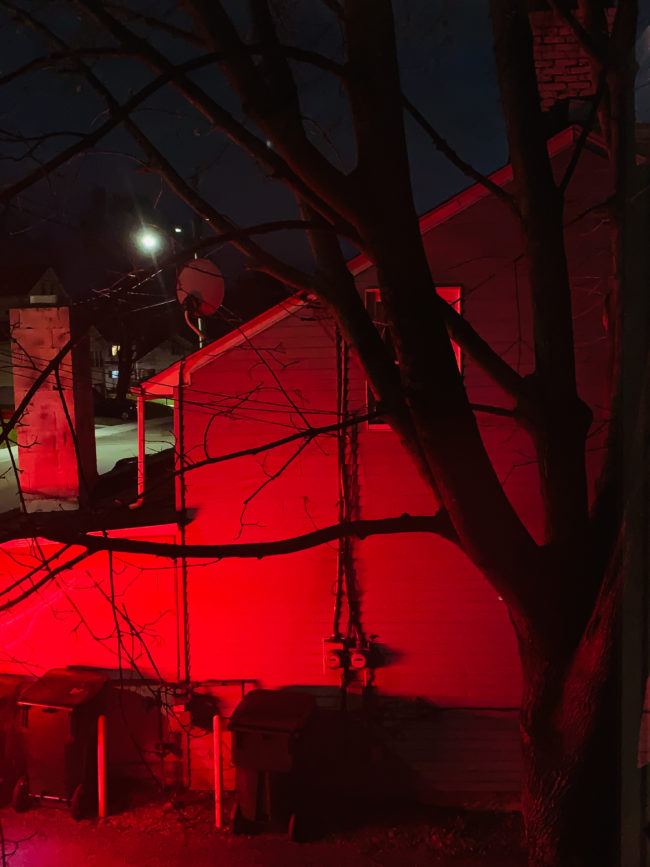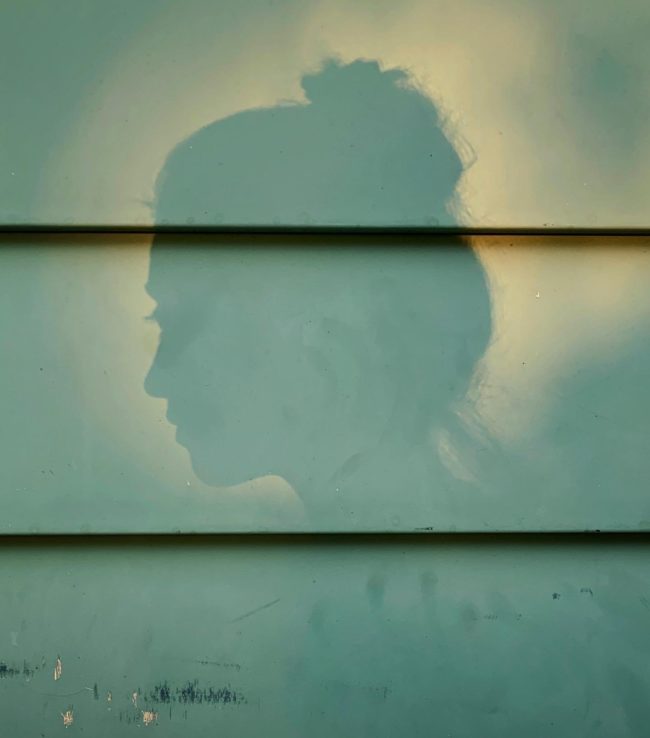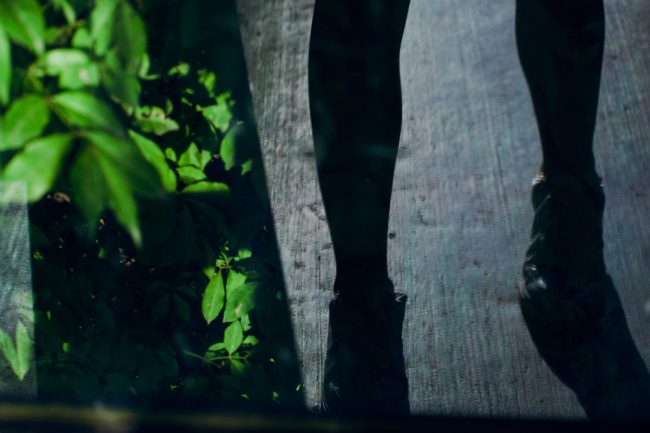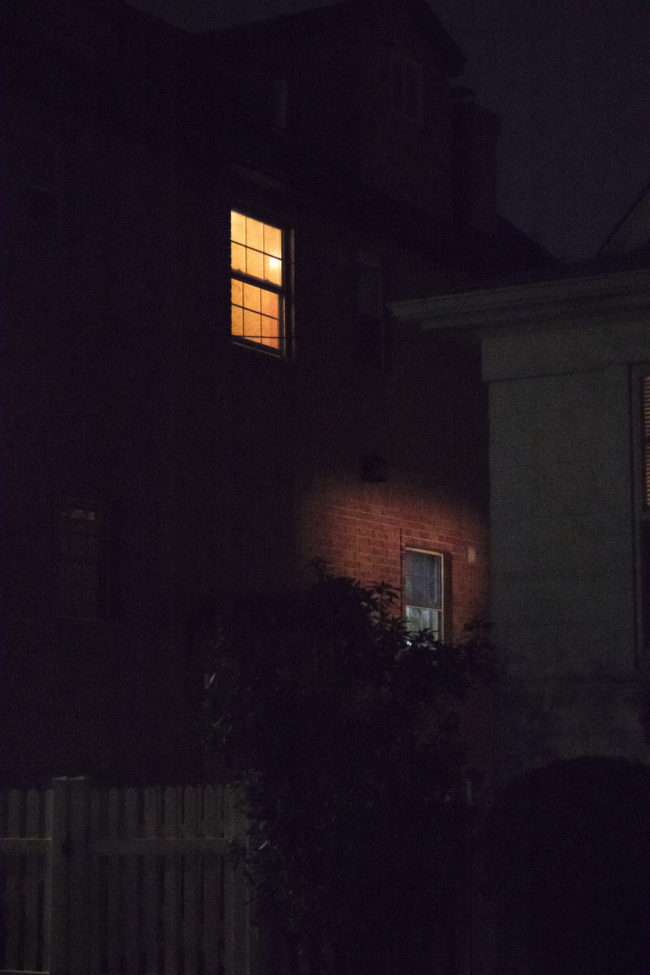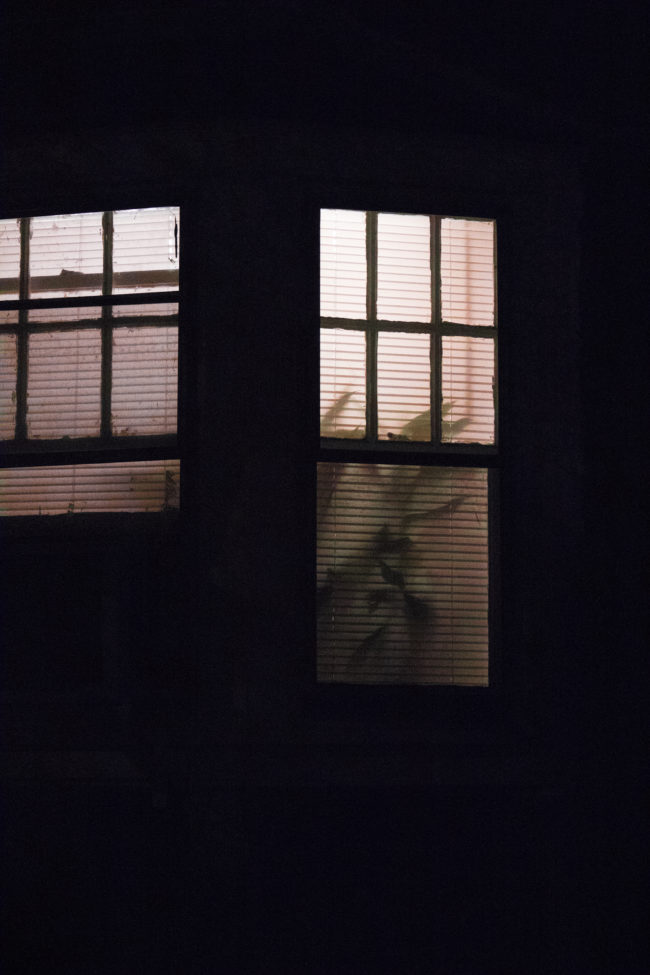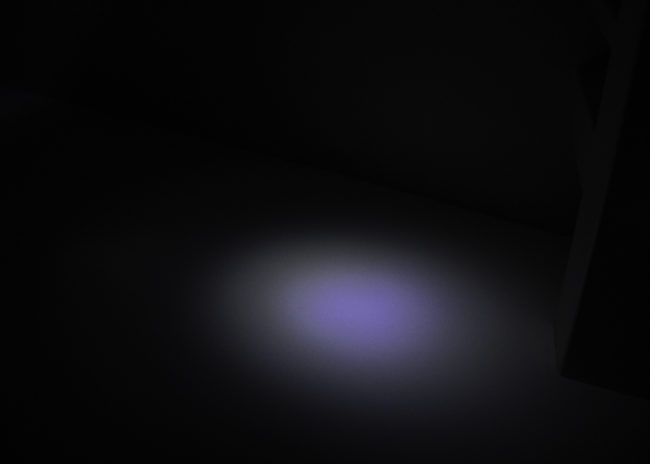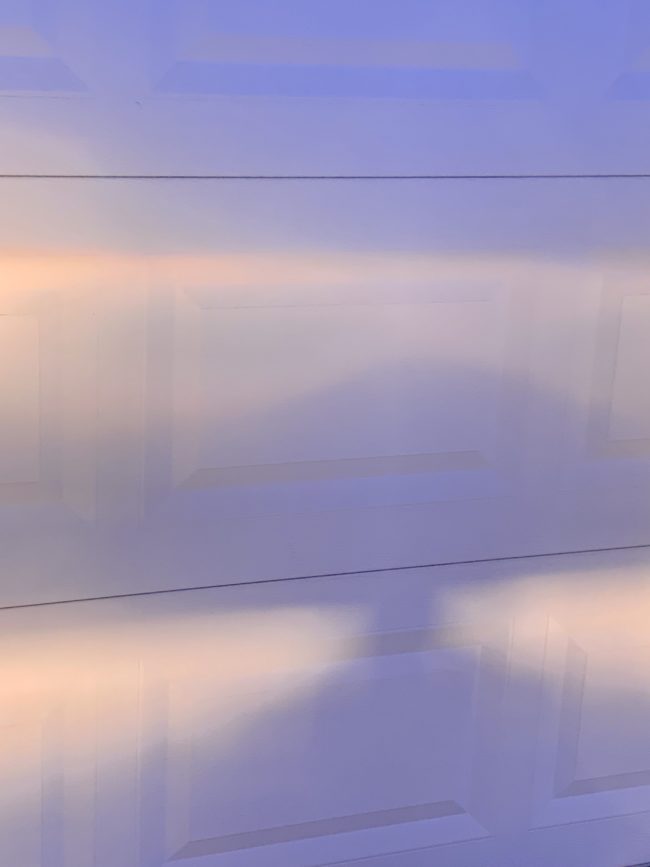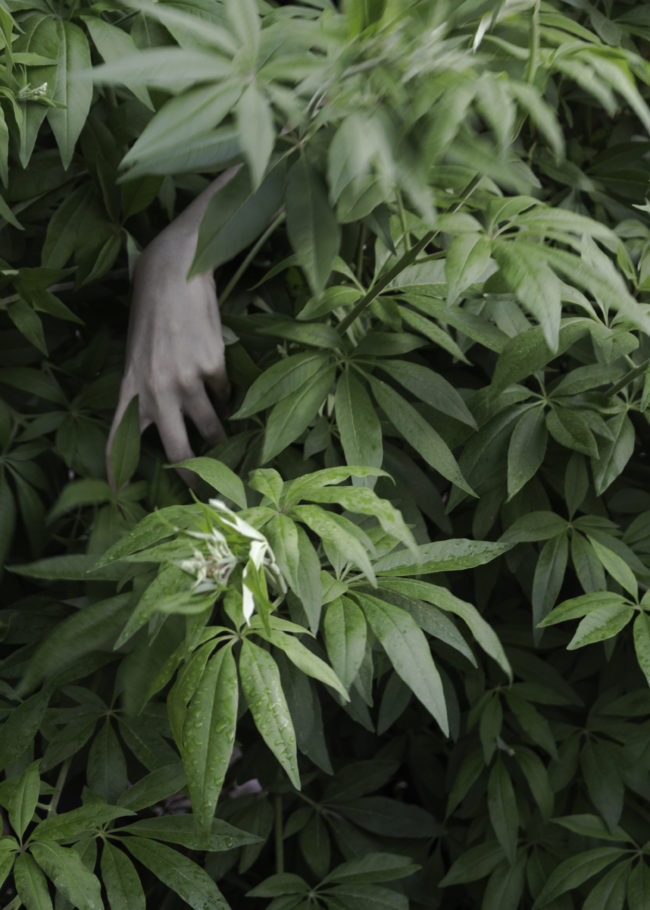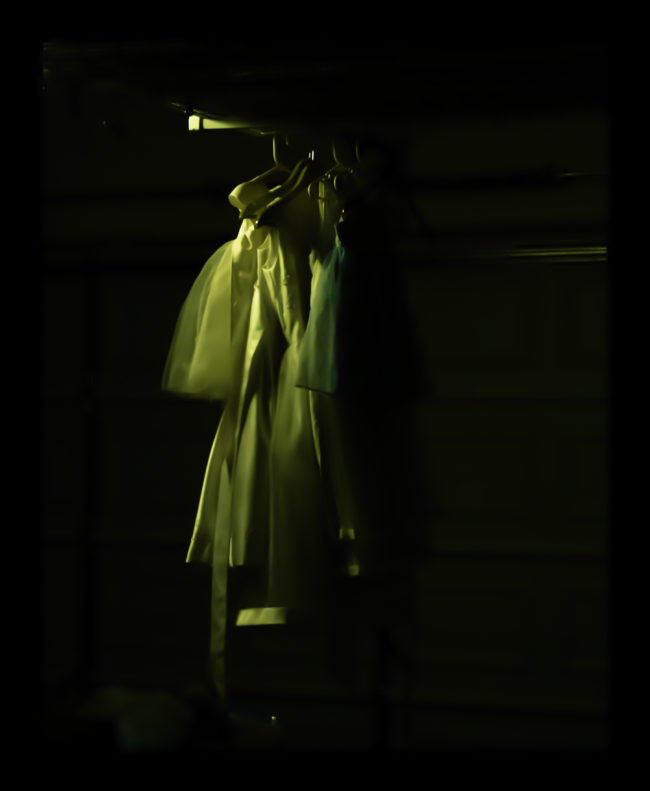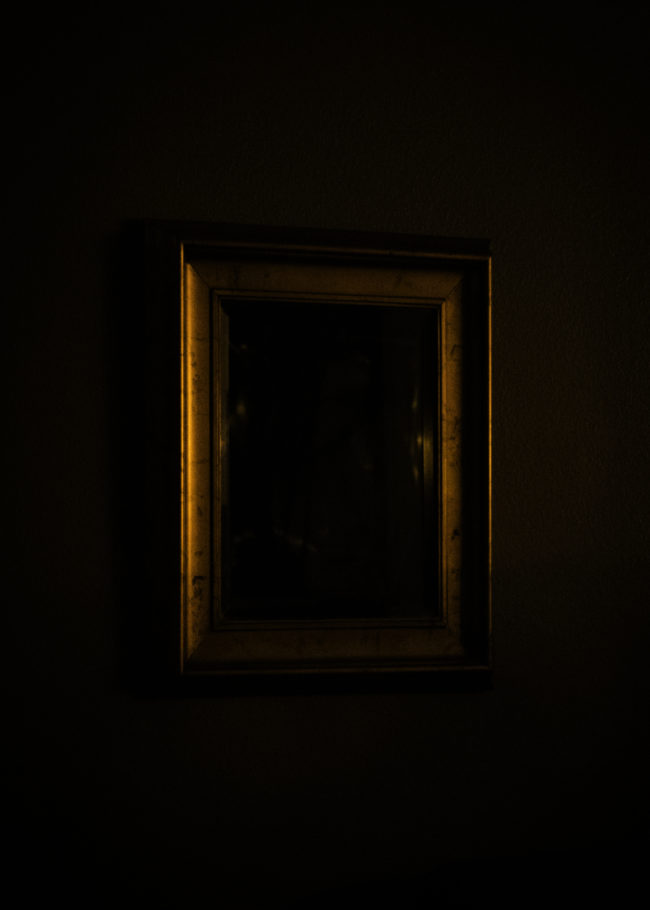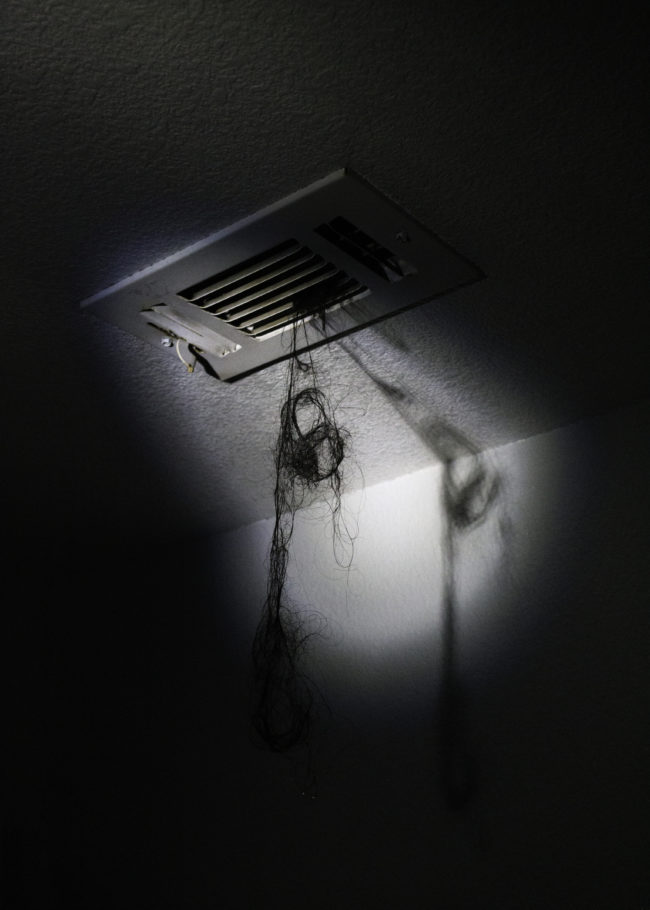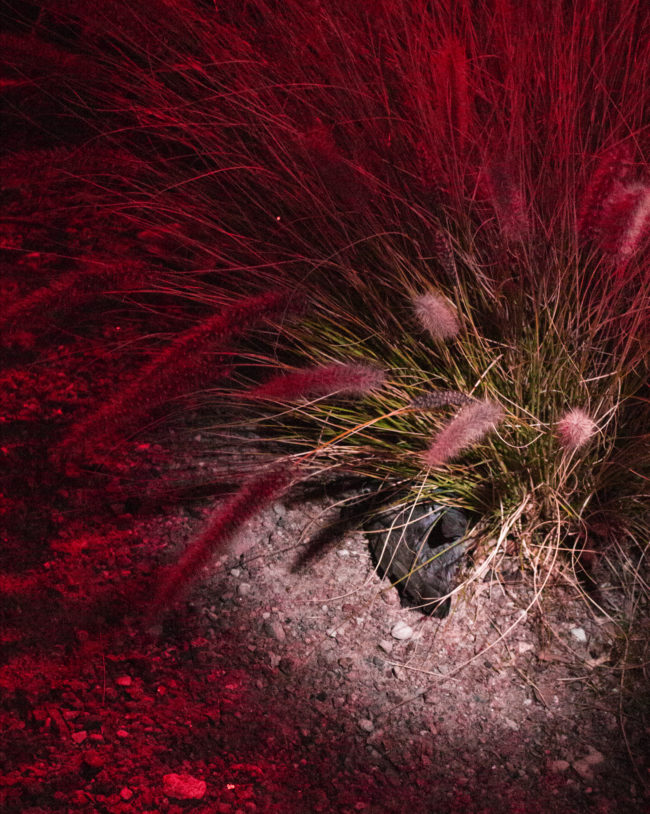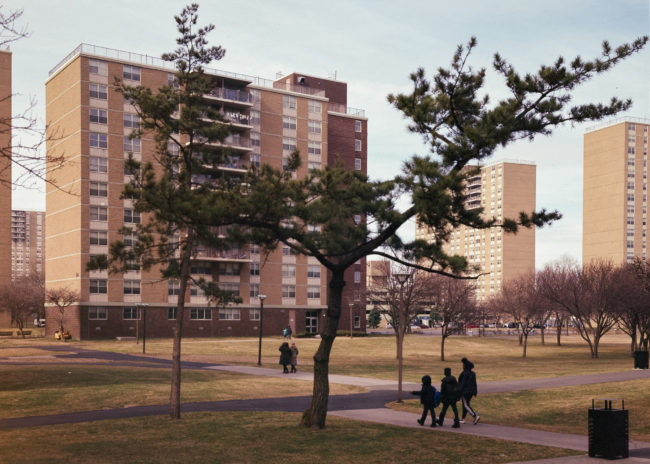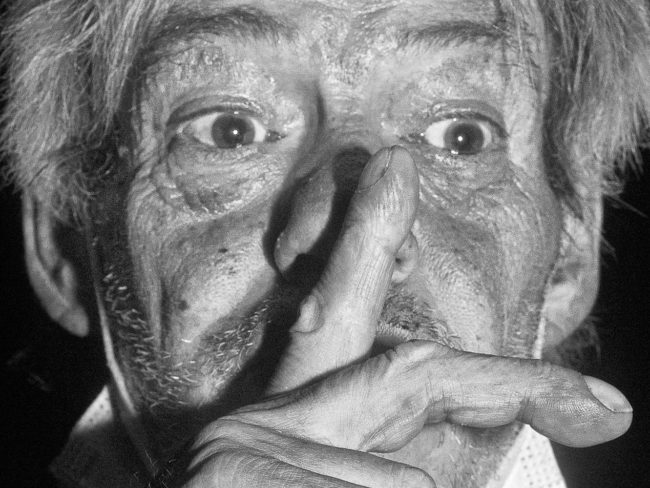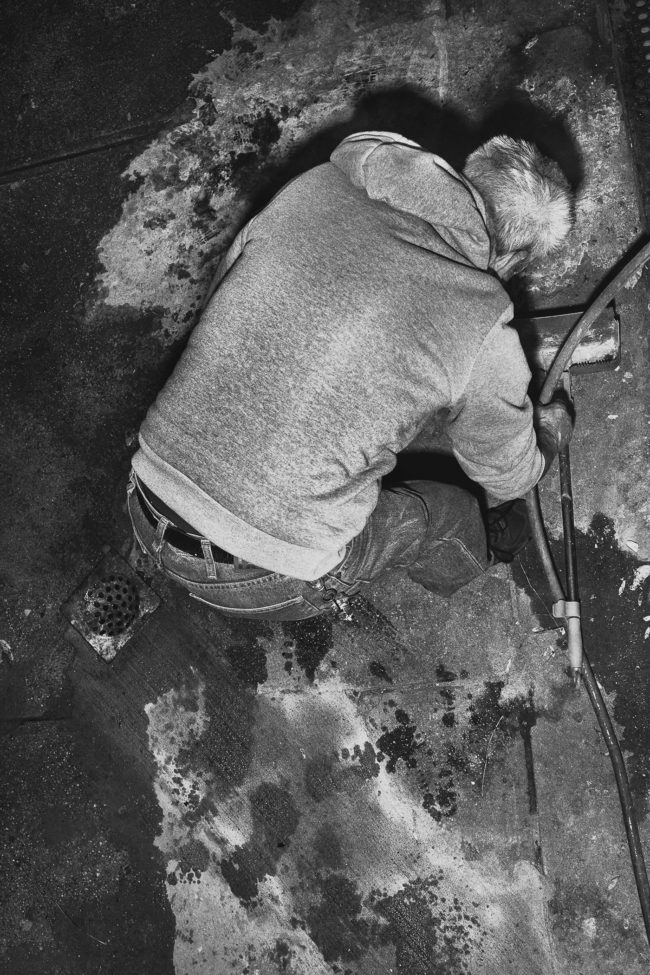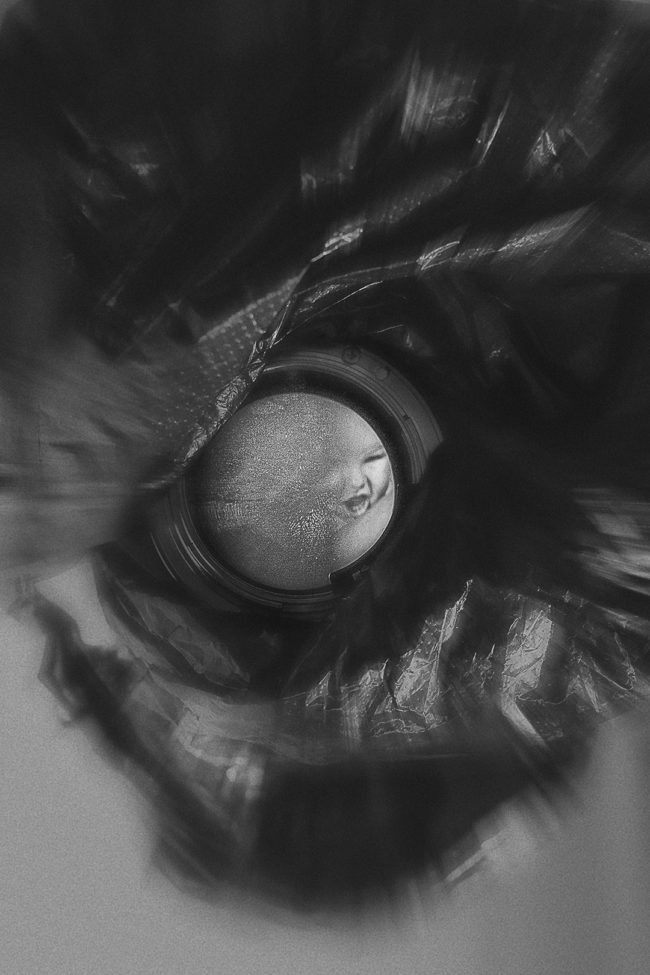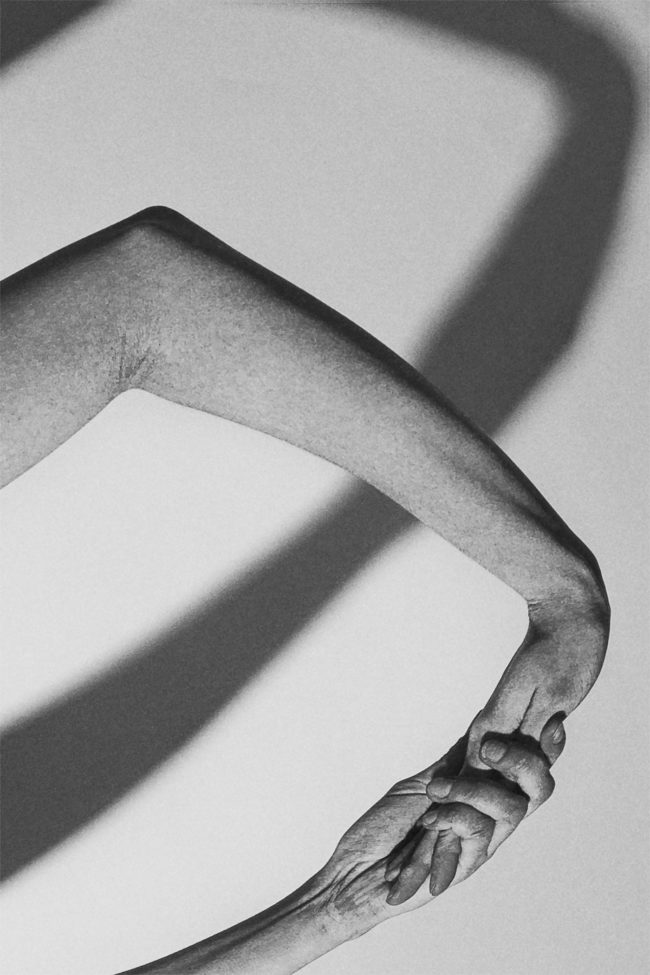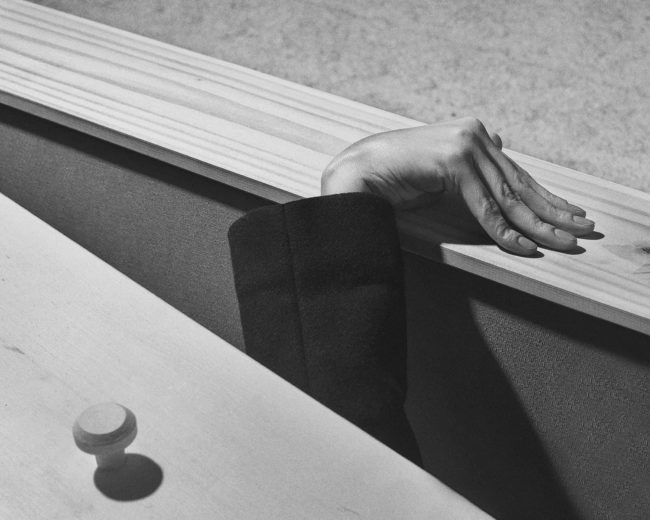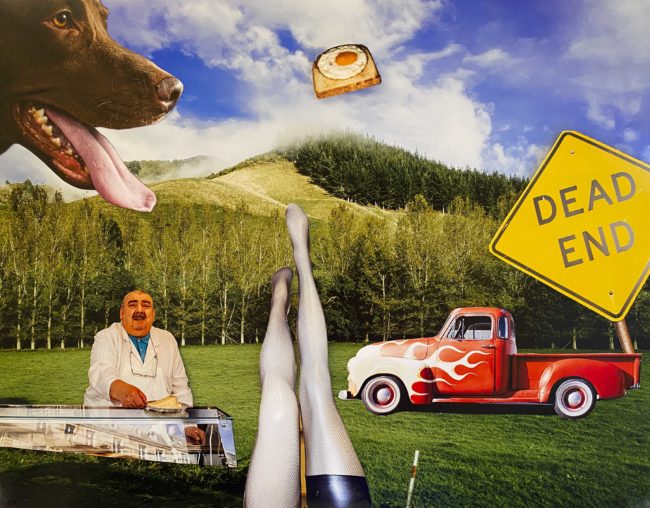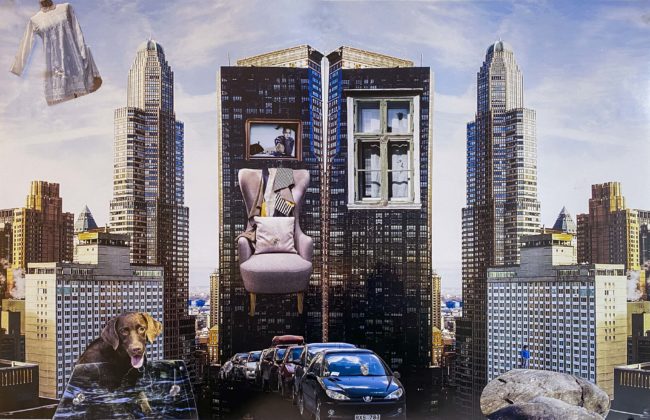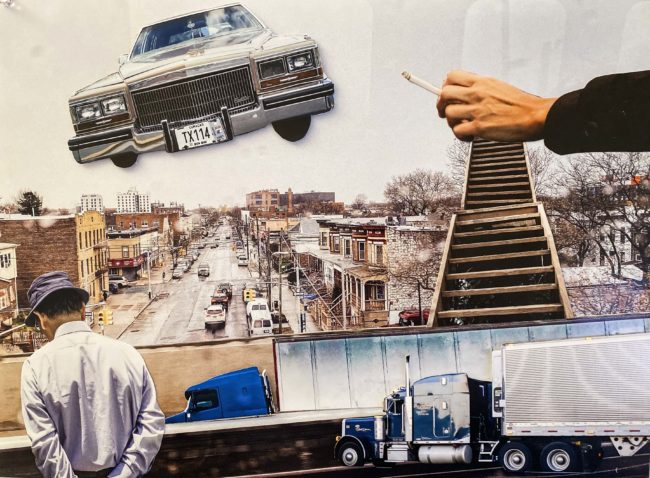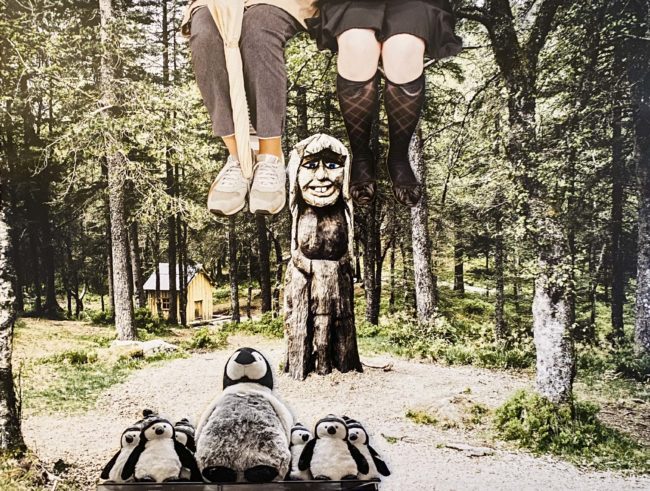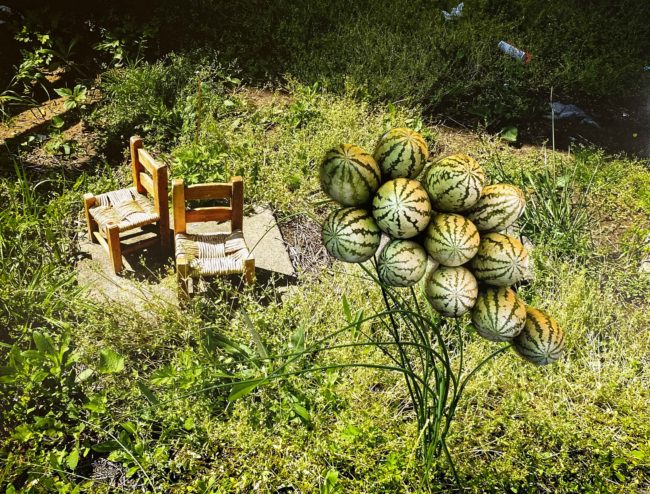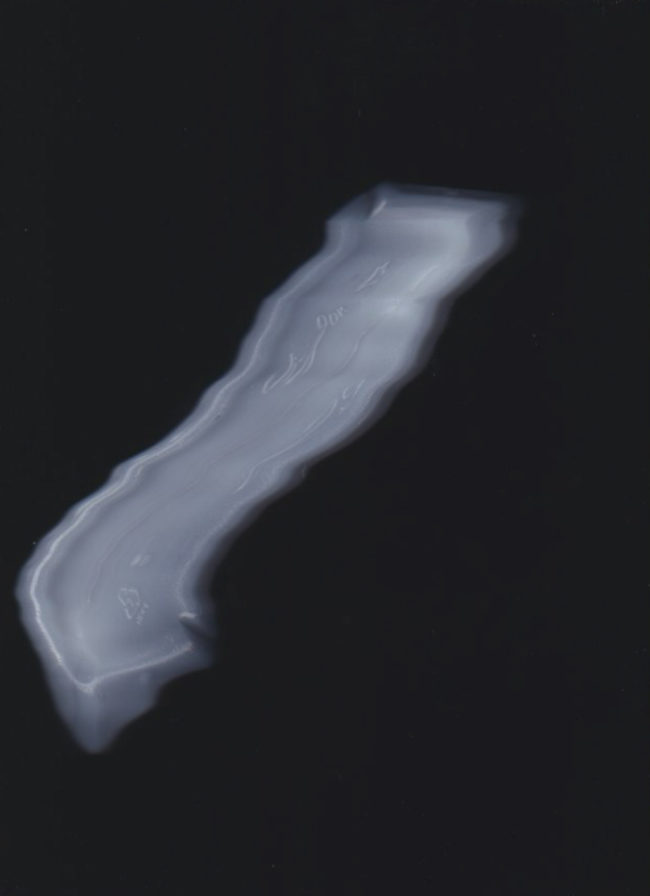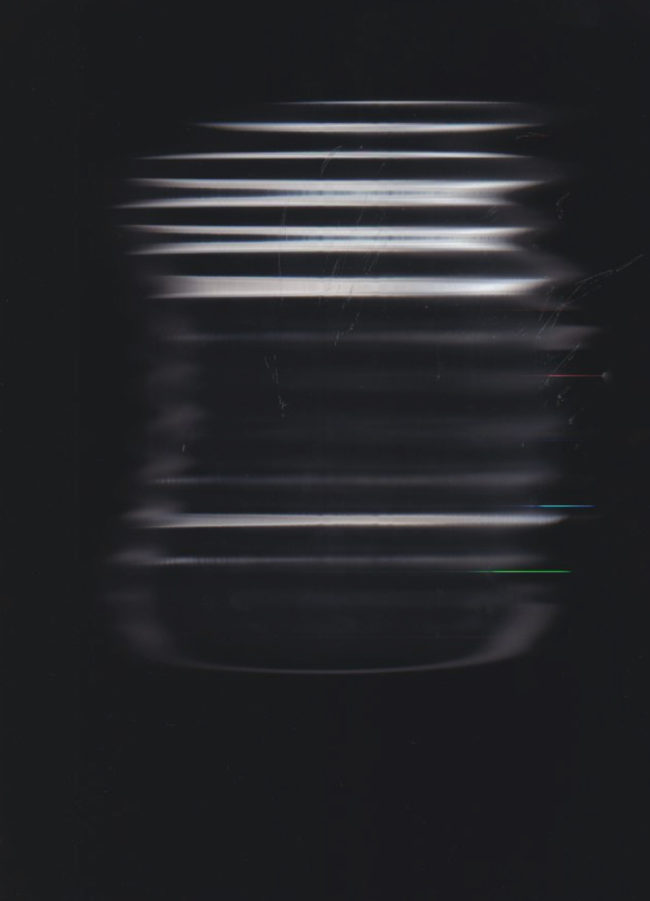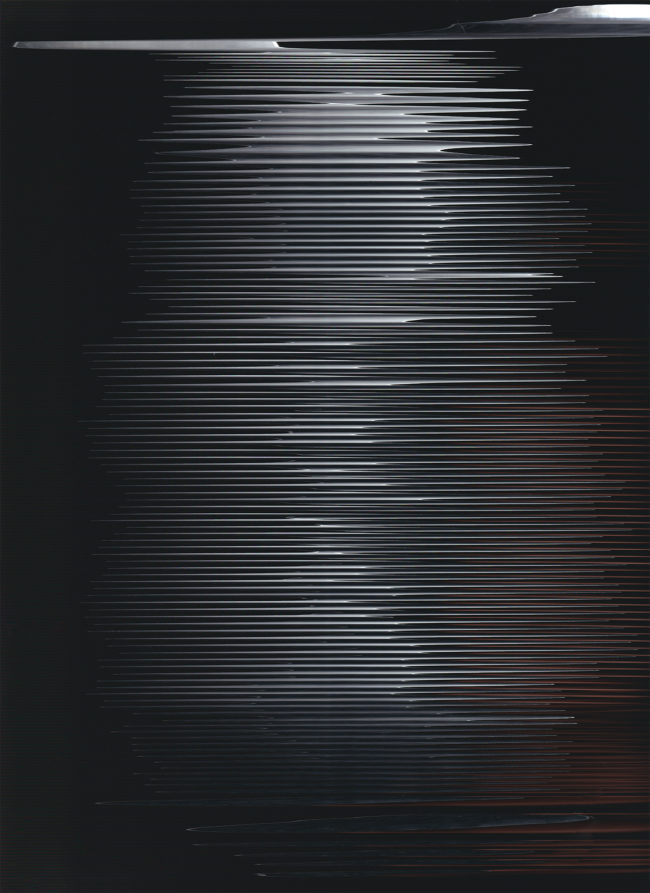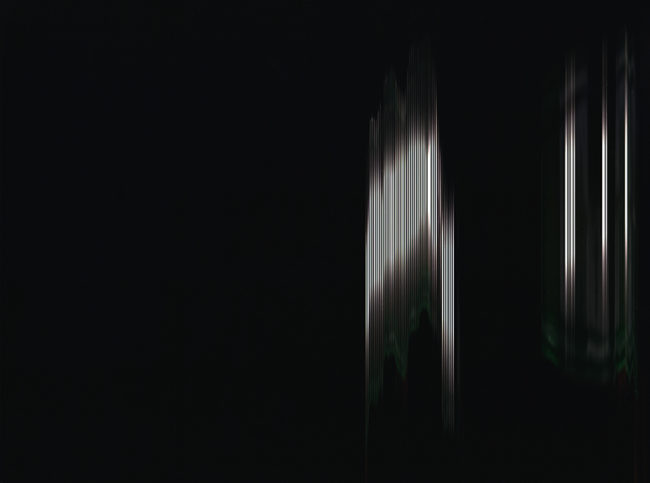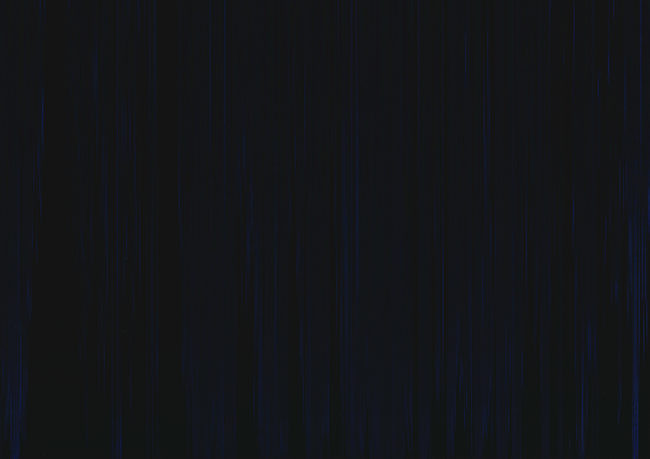
The sports world went on strike yesterday.
(As usual, I’m writing on Thursday.)
It all began when the Milwaukee Bucks, the putative best team in the NBA’s Eastern Conference, decided at the last minute not to take the court for their impending playoff game against the Orlando Magic.
For those of you unaware, the NBA resumed earlier this summer in a “bubble” at the Disney/ESPN campus outside Orlando, Florida.
The professional basketball league created an artificial community, cut off from the rest of America, with very stringent rules and testing procedures, to allow the players and associated staff to stay safe from Covid-19.
As there are no fans allowed in the games, the entire affair has been arranged for broadcast television, (which is now also done via streaming, for some,) so that the global audience, including millions of Americans, could have “entertainment” to soothe them from this psychotic year.
I’m a fan, and the father of a LeBron James super-fan, so I was glad to see the league resume, and have watched many games.
As the NBA is made up of predominantly Black players, and has a reputation for being the most progressive of the American sports leagues, there were special concessions made for this time of protest and strife.
In particular, the courts are painted with Black Lives Matter, and most of the players wear a slogan on the back of their jerseys, where their names traditionally go, which supports the movement as well.
(For the record, the players were offered a list of pre-approved slogans; they could not just choose whatever they wanted.)
Some players, including union leaders Kyrie Irving and Avery Bradley, were concerned that by entertaining America, they were just providing a distraction from the need for social justice, which was more important than a game.
While a few players opted out of the bubble, almost everyone didn’t, but then yesterday, on the heels of the shooting of Jacob Blake, and the subsequent rioting in Kenosha, WI, including the murder of protesters by an unhinged 17 year old with a long-gun, the players went on strike.
And athletes from Major League Baseball, the WNBA, and Major League Soccer followed suit.
I was not surprised, as the day before, I’d read quotes from George Hill, a Bucks player, that expressed anger and exasperation at being in an artificial environment, playing ball instead of being out in the world, making a difference.
As of last night, the NBA players took an impromptu vote as to whether to resume the playoffs, and the LA Lakers and LA Clippers voted to cancel the season, though in an official vote today, the players decided to continue with the playoffs.
On Twitter, (where I learned of the resumption 2 minutes after it was announced,) I saw a tweet from a fellow blogger suggesting that marketers, podcasters, and others in different professions should go on strike as well.
I won’t say I considered it, because I didn’t, as part of having a weekly column for 9 years is that I’m trained to show up for you.
I’ve never missed a deadline, and don’t intend to start now.
However, while I considered writing a super-short column, (a mini-strike, if you will,) that obviously isn’t happening.
(500+ words so far.)
But, (you knew there would be a but, right,) instead, I’m coming at you with a promised column that does the next best thing: it provides direct access to a slate of diverse artists I met on Zoom earlier this summer.
I was reviewing portfolios for the school at the International Center of Photography in New York in early July, and as I wrote shortly thereafter, I saw some terrific and timely photography and art, all of which was made by women and men of color.
You know I’ve written many times, including recently, that I believe all voices in the photography world should be respected. Hell, a few years ago, (in this column) I rebranded myself as a Jewish-American, because I didn’t want to be known as a White Guy. (Ahead of my time, for sure.)
While I advocate against cutting out any particular group, (including my own,) I’ve also spent years championing work by female artists, and artists from a diversity of cultures and races whenever possible, because it’s the right thing to do, and it also affords you, the viewers, the chance to see things you would not otherwise.
A classic win-win.
So today, we’re going with “The Best Work I Saw at the ICP Online Portfolio Review,” and I’m sure you’ll dig these pictures.
Not surprisingly, most of the students I encountered were impacted by the pandemic in some way, including those who were in a 1 year program, but didn’t get to spend much time in NYC, or on campus.
As resourceful artists often do, they came up with elegant solutions, and I’ll share them with you now.
Normally, I say the artists are in no particular order, but today I’ll show them to you in the order I encountered the photographers that day.
We’ll begin with Danny Peralta, and I actually mentioned him in a previous column, as he works with diverse media, and his photographs were not what impressed me the most.
Danny is an educator and community developer from the South Bronx, in addition to being a talented artist, and he showed me a set of watercolor drawings that drew attention to the health effects of environmental pollution.
For whatever reason, eco art is often associated with white hippies, so I hadn’t seen many projects that directly tackled the issue from within a community of color.
Danny drew/painted a series about inhalers, as so many people in his community use them, due to asthma and other breathing issues due to pollution.
(I can’t breathe.)
It’s fantastic stuff, IMO.
Next, I met Zoe Golden-Johnson, who just finished her junior year of undergrad at ICP, having been in a joint-student program from St John’s University in Queens.
Due to the pandemic, Zoe was quarantining in Upstate New York, in a town near Poughkeepsie named Wappingers Falls.
Like many photographers during this strange time, (including me,) Zoe went on walks around her neighborhood, as her family had recently moved to a different part of the village, and it was all new to her. (And filled with creepy, late 19th C and early 20th C East Coast architecture.)
While at first, I told Zoe that this was not the most innovative of methodologies, a few photographs in, she showed me an image of a shadow puppet on the side of a green, siding-clad house.
It stopped me in my tracks, as it was created, rather than found, and it seemed like it had so much potential as a way of making photos.
“You should do a whole series of these,” I recommended.
Zoe smiled, and then a few images later, showed me an exquisite self-portrait, also in shadow, done in the same location.
I found it to be an exceptional picture, and hoped she’d continue working in that way. I also suggested it was brave, and a little risky, to use a stranger’s house, unless maybe it was her own home?
She confirmed it was, (no creeping necessary,) and I hope she continues working in that vein.
Next, I spoke to Madeline Mancini, who was in the exact same situation as Zoe, only 2500 miles away.
Madeline also finished her junior year at ICP, on loan from St. John’s, but was pandemic quarantining at her parents’ home in Las Vegas, Nevada.
(Ever the dorky New Mexican, when she said Las Vegas, I asked, “Nevada or New Mexico?”)
Madeline is into horror and suspense, weird and strange movies, and also looked at her neighborhood, and her immediate environment, trying to find the surreal and spectral in the mundane.
I’m always a sucker for normal-is-odd, so I liked this work immediately.
After a short break, I spoke with Violette Franchi, who spent a year at ICP after studying architecture in her native France.
Violette used her time in NYC wisely, as she learned about, and then devoted her time to exploring and photographing in Starrett City, the largest housing project in East New York, Brooklyn, which is one of the most poverty-stricken parts of the city.
While I often find myself suggesting to students that they try to mix up varied approaches to making their photographs, Violette needed no such encouragement.
She had made friends and contacts in the local community on her own, without any fixers, and used big cameras for the landscapes and establishment shots, smaller cameras when appropriate, and also mixed in video and photographs of found imagery and tv screens.
(Including images of junk mail and advertisements she found on the ground of the mail room, and shots of cheesy TV commercials pimping the development back in the 70’s.)
I found it to be a sophisticated and nuanced look at a place in time, (including the future, as she also has images of renderings of impending development,) and was seriously impressed with her drive, work ethic and talent.
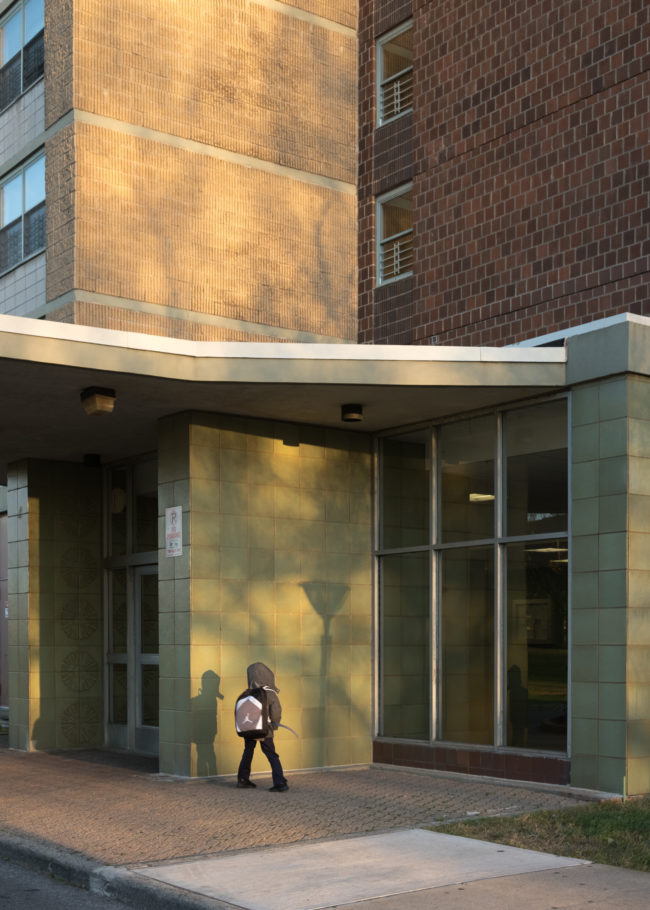
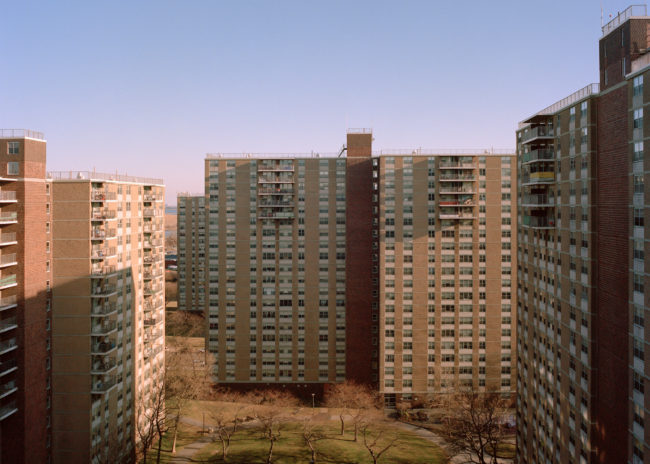
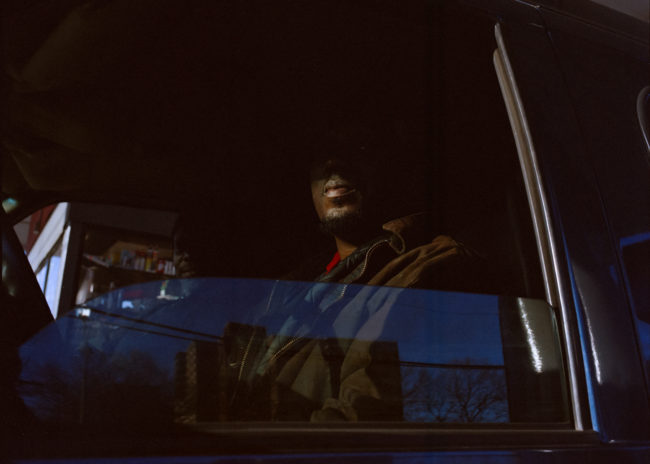

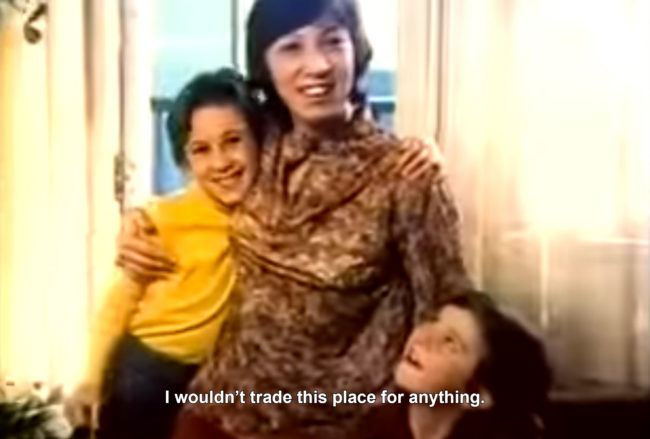
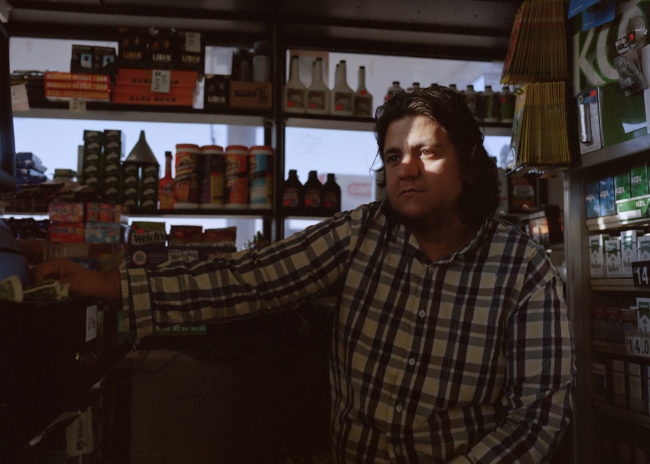
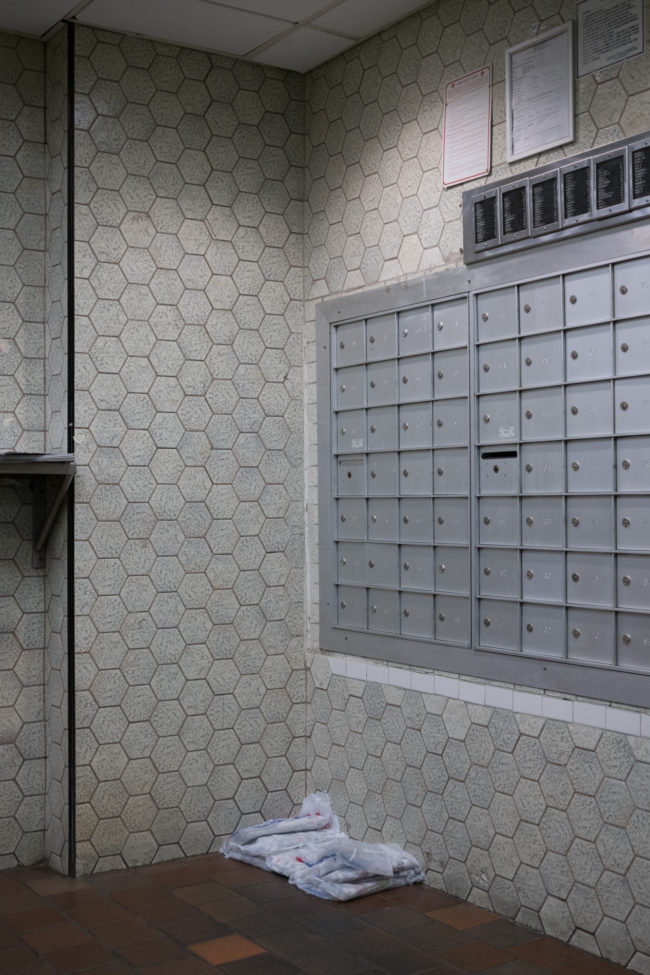
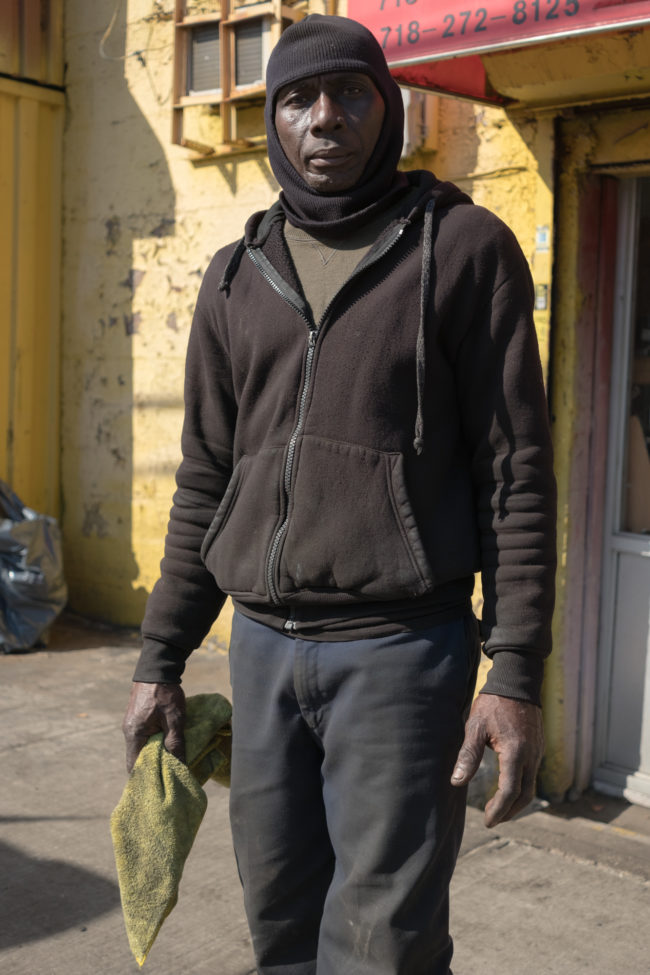
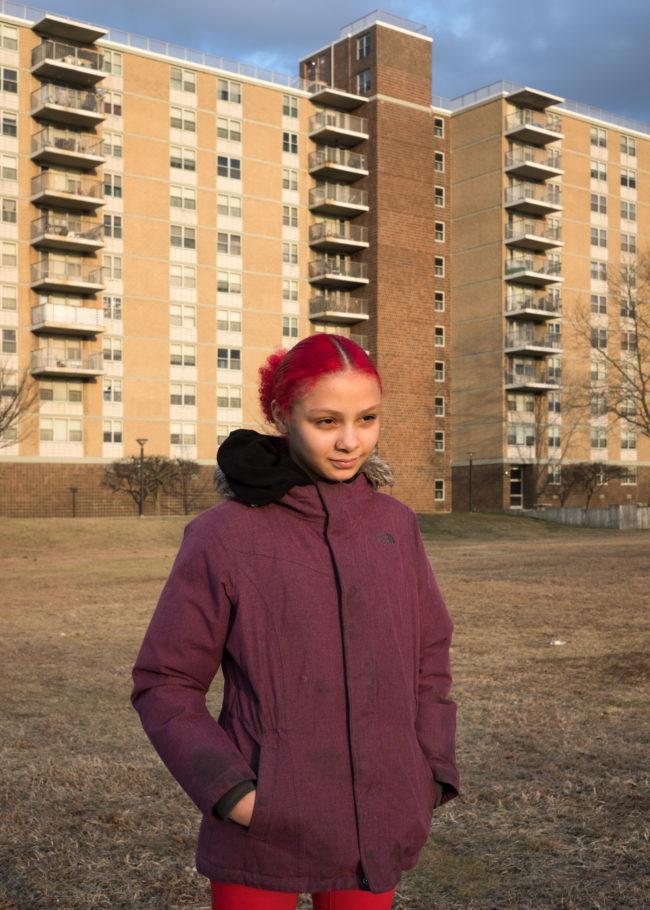

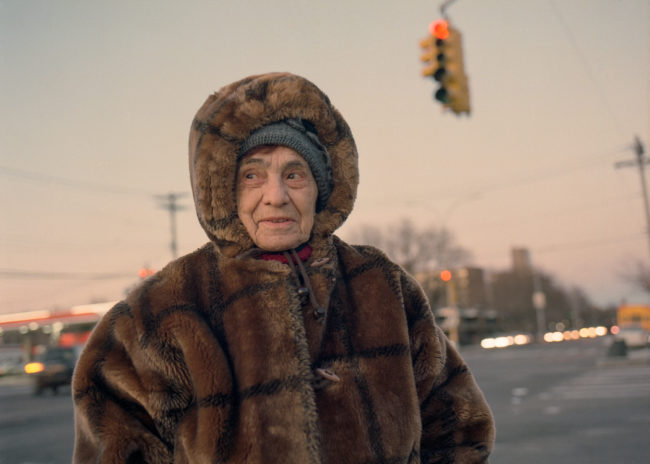
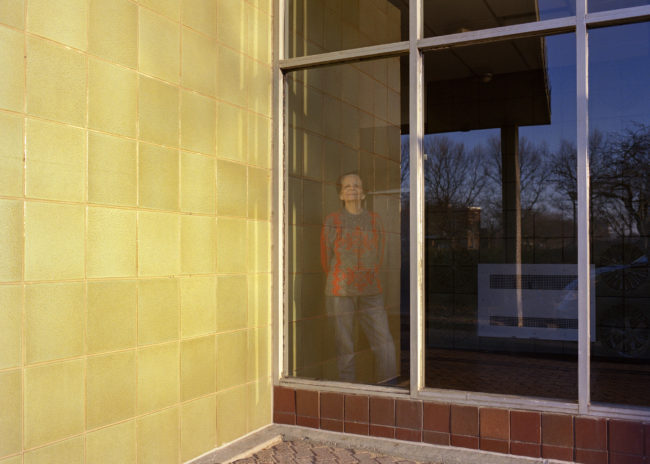


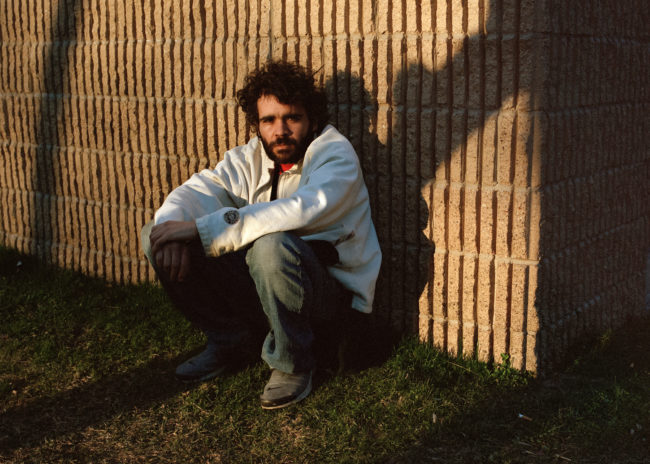

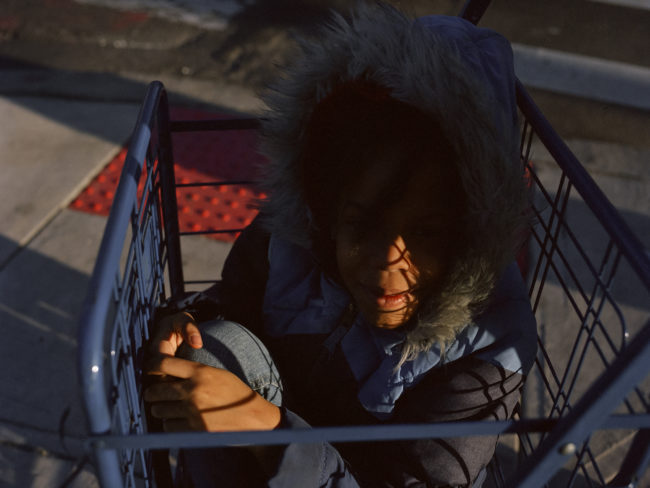

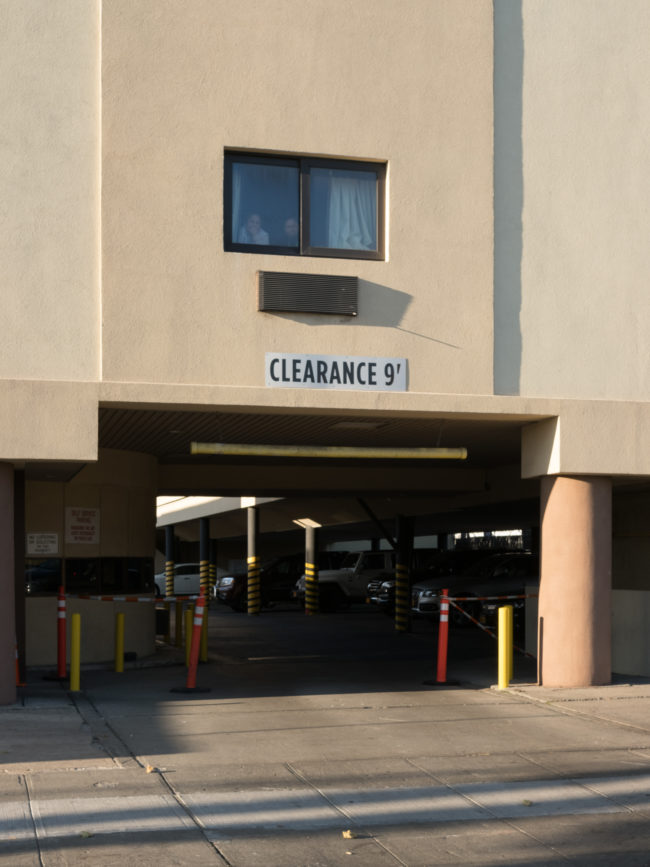
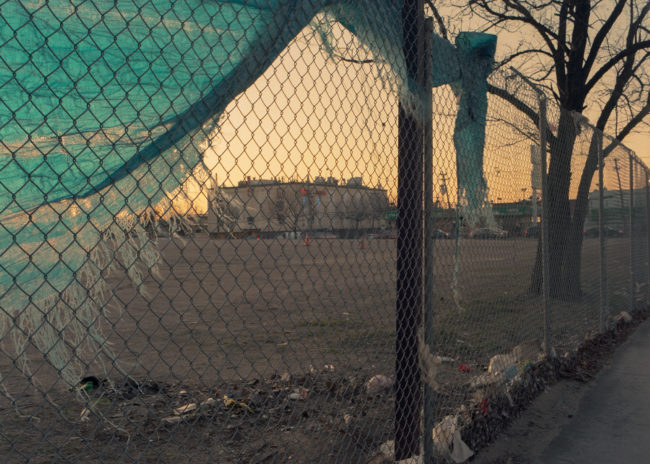

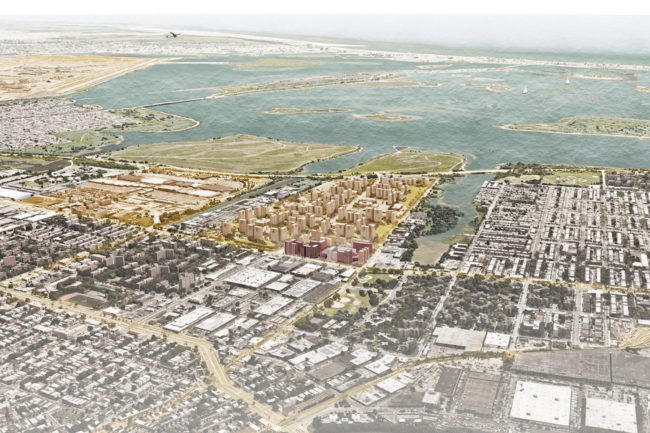
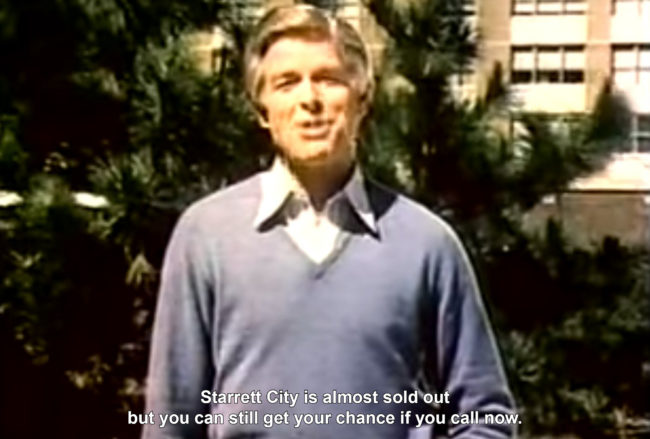
After Violette, coincidentally, came another young Frenchwoman who made work in Brooklyn: Tina Levy.
Tina, like Madeline, likes the surreal and bizarre, but her work shared far more in common with the Roger Ballen, black and white, aesthetic.
Tina had studied Philosophy at the Sorbonne, and was thrilled when I suggested she consider drawing and painting as well, (like Danny,) as that was where she felt her work was headed.
But I loved these photographs, which were made in her neighborhood and local environment in Brooklyn. (Greenpoint, where I lived back in the day.)
After Tina, I met Beverly Logan, who had completed an MFA at ICP, and had a very different process from everyone else.
Beverly had traveled extensively, and taken a lot of pictures in her life, and told me she had an archive of 250,000 images, which she searched for fragments to build collages.
Even in a digital age, these were laborious, as she made prints of the fragments, and then assembled real life pieces, rather than using Photoshop.
They screamed of Americana, and surrealism, but had a snappy, optimistic palette that seemed to contrast with these dark times.
I mentioned Patrick Nagatani’s “Nuclear Enchantment” to her, as her smart work made me think of my late teacher, and in general was super-impressed by what I saw.
Finally, (yes, finally) I met with Kechen Song, who was a Chinese national living in New York for his program. (Soon to move to Syracuse U to attend the prestigious MFA program there.)
He had barely left his apartment for months, during the pandemic, and told me he’d been wearing a mask for most of year, as he knew from China’s experience the chaos and death that was headed New York’s way.
Kechen had a few projects, including this mind-numbing and amazing video of taking and recording his temperature, over and over again, until his notebook went black.
The project I want to share, though, featured images he made by hacking, or mis-using his flatbed scanner, with only objects he found on his desk.
So many of these artists had their process, (and education) impacted by the pandemic, and used those constraints to fire up their creativity. This project is the perfect example of that, as everything came off of one desk, including the art-making equipment.
So I’ll leave you there, along with the reminder that if the NBA players can use their platforms to send a message, and I can show up to enlighten you on the regular, and all these artists can mine the pandemic for creative fuel, I hope you can do your best work, and make a difference too.
See you next week!
